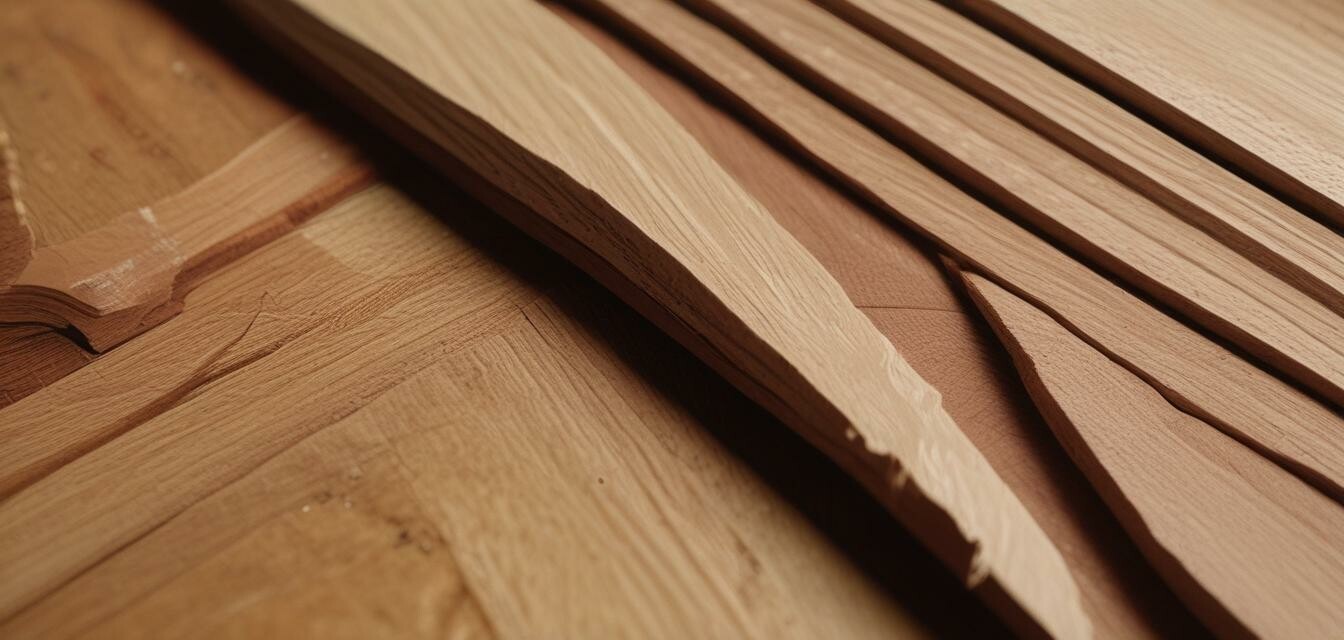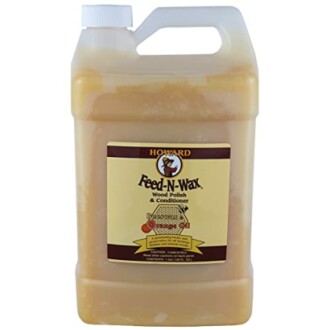
Comprehensive Guide to Eco-Friendly Wood Finishes
Key Takeaways
- Eco-friendly wood finishes are safer for the environment and your health.
- There are various types of eco-friendly finishes, including oils, water-based, and natural varnishes.
- Choosing the right finish depends on the type of wood and the intended use of the item.
- Proper application techniques can ensure long-lasting results.
Providing a natural shimmer and protection to your wood projects is essential, and with the increase in environmental awareness, choosing eco-friendly wood finishes has become increasingly popular. In this comprehensive guide, we will dive into the various eco-friendly wood finishes available in 2025, helping you make environmentally-conscious choices for your creative endeavors.
What Are Eco-Friendly Wood Finishes?
Eco-friendly wood finishes are products that minimize toxicity and environmental impact. They are often made from natural ingredients, contain fewer volatile organic compounds (VOCs), and are biodegradable. This makes them a safer choice for both the environment and indoor air quality.
Types of Eco-Friendly Wood Finishes
| Finish Type | Description | Best For |
|---|---|---|
| Natural Oils | These are derived from plants and penetrate the wood to enhance its natural beauty. | Furniture, kitchen items, and children's toys. |
| Water-based Finishes | Low in VOCs and dries quickly, making them user-friendly. | Indoor wood surfaces that need a durable finish. |
| Waxes | Provide a natural, soft sheen and protect the wood surface. | Antique pieces and decorative items. |
| Natural Varnishes | Biodegradable coatings that offer a strong protective layer. | Outdoor furniture and surfaces prone to wear. |
Popular Eco-Friendly Products
When it comes to choosing the right eco-friendly wood finish, several products stand out in the market. Below are three recommended finishes that you can consider for your next project:
HOWARD - Feed-N-Wax Wood Polish
Enhance, protect, and restore your wood surfaces with natural ingredients. Safe for furniture, trim, and woodwork.
Learn MoreBenefits of Using Eco-Friendly Finishes
By utilizing eco-friendly wood finishes, you can enjoy numerous benefits including:
- Reduced exposure to harmful chemicals.
- Enhanced health and safety for you and your family.
- Improved durability of wood surfaces.
- Environmental conservation through sustainable practices.
Application Techniques
To achieve a flawless finish, consider the following steps when applying eco-friendly wood finishes:
- Prepare the surface by sanding and cleaning the wood.
- Follow the manufacturer's instructions for application.
- Use a high-quality brush or applicator for an even coat.
- Allow adequate drying time between coats for best results.
- Finish with a second coat if necessary for added protection.
Comparison of Eco-Friendly Finishing Methods
| Method | Pros | Cons |
|---|---|---|
| Natural Oils | Safe, enhances grain, easy to apply | May need frequent reapplication |
| Water-based Finishes | Fast drying, low odor, durable | Can raise wood grain if not prepped |
| Waxes | Easy to apply, creates a warm glow | Less durable, may need frequent upkeep |
| Natural Varnishes | Strong protection, biodegradable | Can take longer to dry |
Conclusion
Choosing an eco-friendly wood finish is not just about aesthetics; it’s also about protecting your health and the environment. There are numerous options available that cater to different needs and preferences. By understanding your wood type and the intended use of the finished item, you can select the perfect eco-friendly finish to enhance your projects.
Tips for Beginners
- Start with water-based finishes if you are new to woodworking.
- Test the finish on a scrap piece of wood first.
- Research blogs and videos for application techniques.
- Always read the product label for specific instructions.
- Consider ventilation if using liquid finishes indoors.
Additional Resources
For more information on woodworking and finishes, be sure to check out our other helpful resources:
- Finishing and Staining Wood Projects
- Wood Types and Their Uses
- Woodworking Tool Maintenance
- DIY Project Ideas
- Buying Guides




